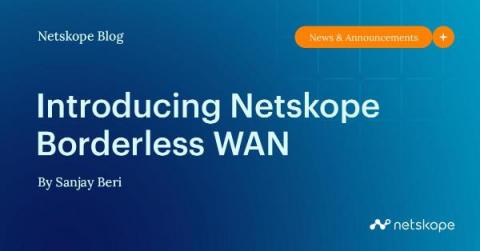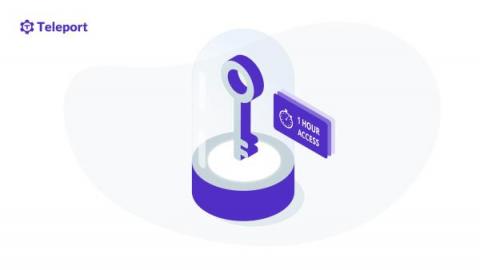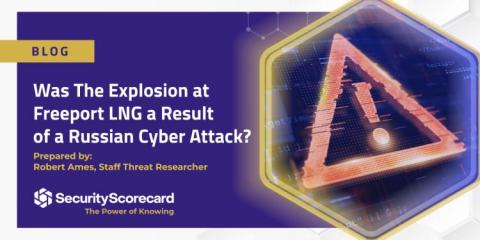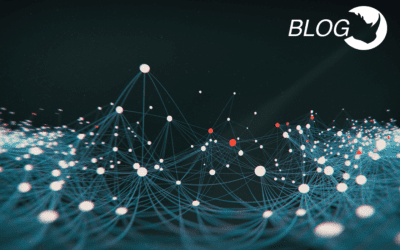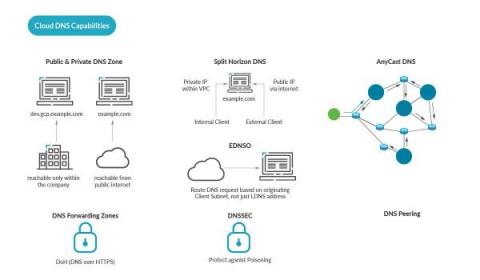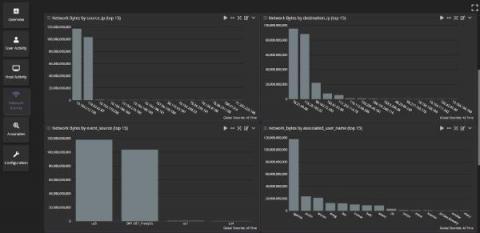Can outbound data loss be worse than inbound attacks?
We talk extensively about the impact of inbound cybersecurity attacks and the devastation they can cause, but what about outbound data loss? According to an IBM study, human error is the leading cause of 95% of cybersecurity breaches. That means 19 in 20 breaches could be avoided entirely if not for a person introducing risk either through human error, deliberately breaking security protocol, or malicious behavior.




